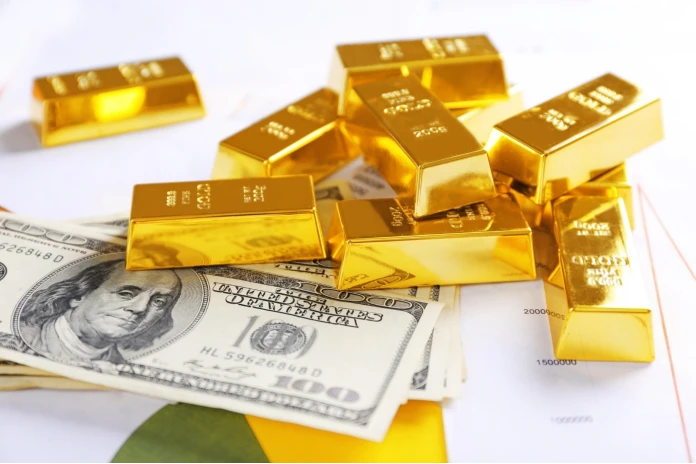The idea of investing in gold and other precious metals is not a new concept. It’s one of the oldest strategies for diversifying your portfolio and protecting it from economic downturns.
Generally, gold has been a common investment for centuries. But as of late, many factors have contributed to what seems like an unprecedented interest in the precious metal. Knowing these factors and how they might impact your decision about whether or not gold makes sense for your investments is important.
Some investors want to include tangible assets in their portfolios to help them retire. This is where a Metal Resource ira rollover can serve as valuable information for them. They can roll over some of the funds into a newly-opened self-directed IRA and start buying American Eagle coins, Canadian Maple Leaf, and others that are approved by the IRS to be included in their portfolio.
Difference Between Coins and Bullion
When it comes to investing in gold and other precious metals, it is important to understand the difference between bullion and coins. Bullion refers to gold bars, ingots, or other forms of investment-grade gold with a purity of 99.5% or higher.
If you want to plan financially for your retirement, you can invest in bullion with specific fineness and purity that the IRS requires to be on the safe side.
On the other hand, coins are legal tender issued by a government mint and typically have a lower purity than bars. While both types of investments have advantages and disadvantages, bullion is generally seen as a more stable investment than coins due to its higher purity.
Physical and Paper Assets
You might come across two types of investments when it comes to precious metals, and they are paper assets and physical gold. Physical metals are actual gold, silver, or other coins or bars that you can hold in your hand. On the other hand, paper assets are investments backed by precious metal assets, but you can’t actually hold or see the bullion itself.
Physical coins have been used as currency for centuries, and their value has been proven time and time again. Gold has long been seen as a safe haven investment, as its value tends to go up when other assets go down. On the other hand, precious metals ETFs, mining stocks, and gold futures are more recent products that have only gained popularity in the last few decades. You can read more info about an ETF here.
There are pros and cons to both tangible and paper investments. Physical metals offer the benefit of tangibility, where you can see and touch them, so you know they exist. They also tend to be more private investments, as you can keep them stored away without anyone else knowing about them. However, physical metals can be more difficult to sell than paper investments, and they may also be subject to theft if not properly secured.
Paper investments offer the benefit of convenience since they can be bought and sold much more easily than bars and coins. They may also provide greater liquidity, meaning you can access your money sooner if you need to. However, paper investments are subject to counter-party risk, meaning that if the company backing your investment suddenly goes bankrupt, you can say goodbye to your hard-earned money.
Investing Requirements in an IRA
When it comes to investing in precious metals, there are a few different types that you should be aware of. Gold, silver, and platinum are the most common, but there are also palladium and rhodium to choose from. Each has its own properties and benefits, so it’s important to understand the difference before investing.
Silver should be at least 99.9% pure. When putting them inside your retirement account, Palladium, gold, and platinum should be 99.95% pure. The coins, rounds, and bars should be produced by a manufacturer or assayer certified by various organizations or the national government mint.
The proof coins should still be encapsulated in the original package when the minting company created them and should be in excellent condition. The non-proof bullion should not have any damage, and it should have brilliance, which means that they were not circulated before the deposit.
Know How To Evaluate & Purchase Metals
When investing in precious metals, one of the most important things you can do is learn how to evaluate and purchase them. There are a few different factors that you need to take into account when doing this, and they are the following:
-The type of metal you want to invest in: There are a few different types of precious metals that you can invest in, including gold, silver, platinum, and palladium. Each one has its own set of benefits and drawbacks, so it’s important to do your research and figure out which one is right for you. See more uses of palladium on this page.
-How much money you have to spend: Buying precious metals can be expensive, so it’s important to have a budget before shopping around. You don’t want to overspend on something that may not be worth as much as you think.
-Where you plan on buying from, there are a lot of different places where you can purchase precious metals, including online dealers, brick-and-mortar stores, and auction sites. Again, research and determine which option is best for you based on your needs and budget.


